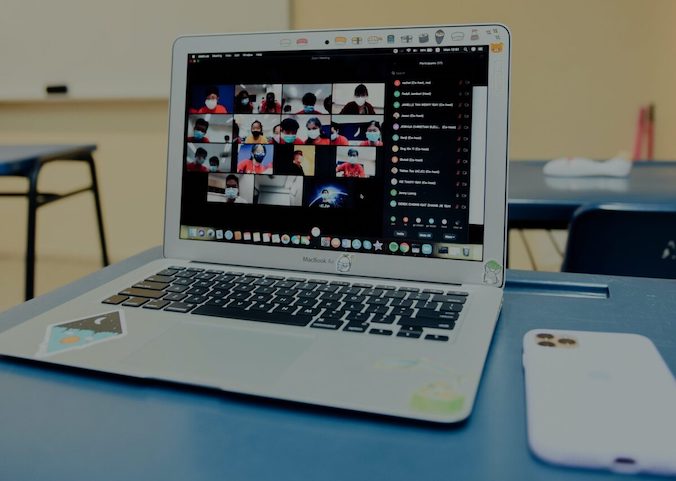Part 3 of a series of informative blogs, Read parts 1 here And 2 here
Teachers at SEND schools are specially trained and experienced in looking after students that have a wide range of complex educational needs, but no amount of training could have prepared them for the shake-up to education that the pandemic has caused over the last 12 months.
Unreliable or outdated ICT may already be putting undue pressure on teaching staff, and with remote learning thrown into the mix, stress is at an all-time high.
What problems do SEND establishments face?
What has quickly come to the fore is that there are so many more facets to consider when forced to transfer the school curriculum online. SEND schools have, of course, being able to adapt but the shift to an online learning environment hasn’t been short of challenges for both the teachers and students. For many, having complete reassurance that their IT infrastructure is going to work effectively and supports teachers rather than hinders, has been a real struggle as they balance an onsite and online teaching environment. Troubleshooting IT issues has become more and more frequent and support for students has also proved problematic with teachers desperately seeking advice and guidance on simple tasks such as resetting passwords, how to use Teams or how to upload homework online.
Remote learning can feel like a somewhat unnatural environment for many students and they may be uncomfortable asking the teacher for help via an online Zoom call for example. For SEND students that struggle to express themselves, this ‘virtual classroom’ can be particularly difficult.
It’s true to say that teachers are no longer faced with the traditional learning environment. It’s now a balancing environment where they must balance educational needs with a far sharper focus on mental wellbeing, to maintain the high standards they all strive to deliver, whilst ensuring students are getting the best possible learning experience.
How does ICT help SEND establishments to access better resources, curriculums, and student activities?
The Government has provided some support guides, but they are specific to government-issued laptops. Depending on how the school is set up, they will need to be configured to work with the school’s existing IT infrastructure and virtual teaching mediums, whether it’s Zoom, Microsoft Teams or Google Classroom.
Effective ICT support enables schools to respond quickly and effectively during this ever-changing time by offering support with the configuration of laptops, software, connectivity, safeguarding, and other crucial elements that the school relies on. It removes the headaches and enables the teachers to teach and the learners to learn.
How can ICT create better outcomes?
Having spoken to many teachers and other stakeholders within the educational environment over the past year, it’s clear to see that as much as COVID-19 has brought about critical pain points and immense pressure, there is a desire to embrace change and look towards the future.
We need to consider what might the learning environment look like and to what extent will technology play a role when we return to some form of normality. I think there is a real belief from teachers that we can’t afford to take a backward step – we must learn from our experiences and take this opportunity to rewrite the rule book and explore whether or not a hybrid learning environment is an optimum approach to delivering the best possible education for all students.

